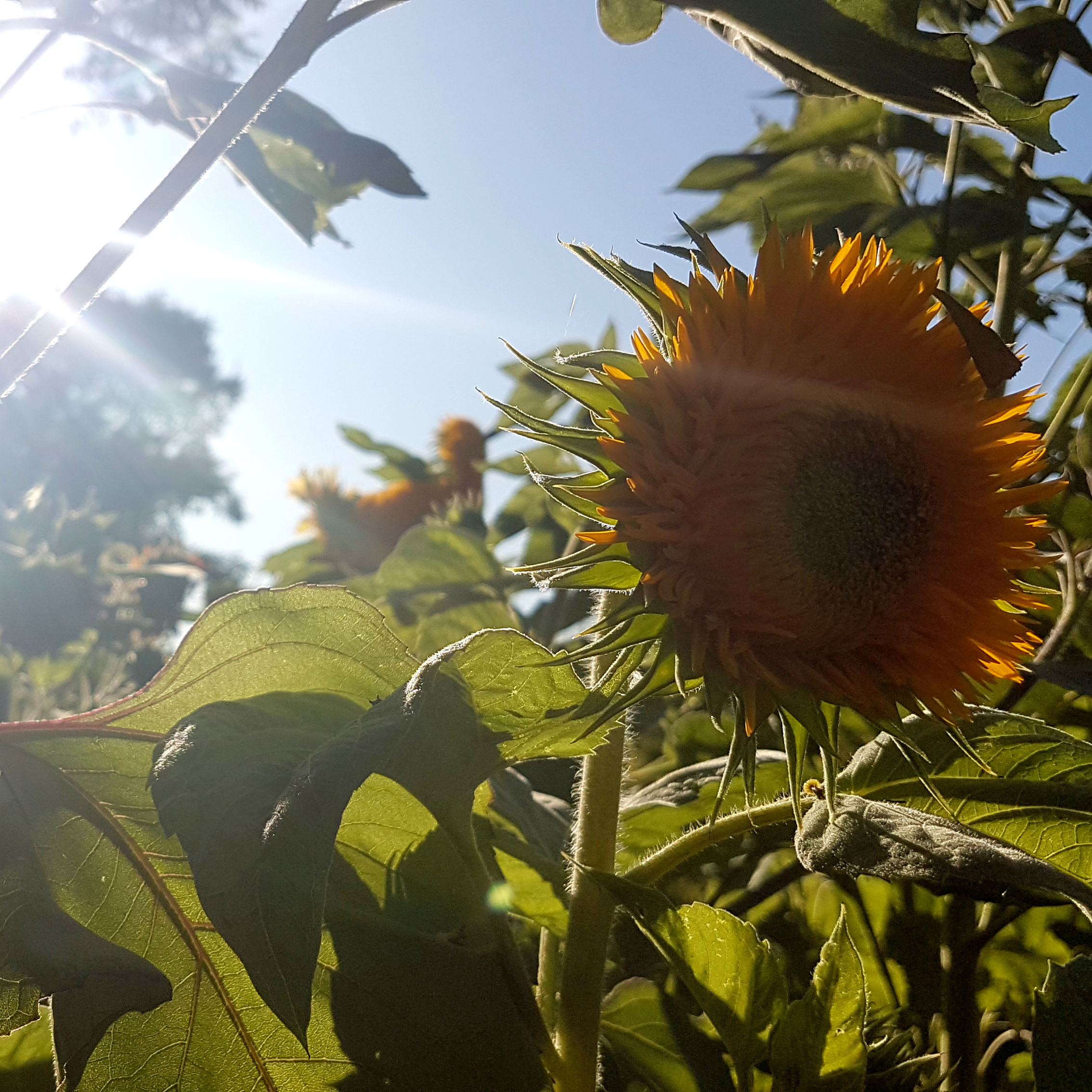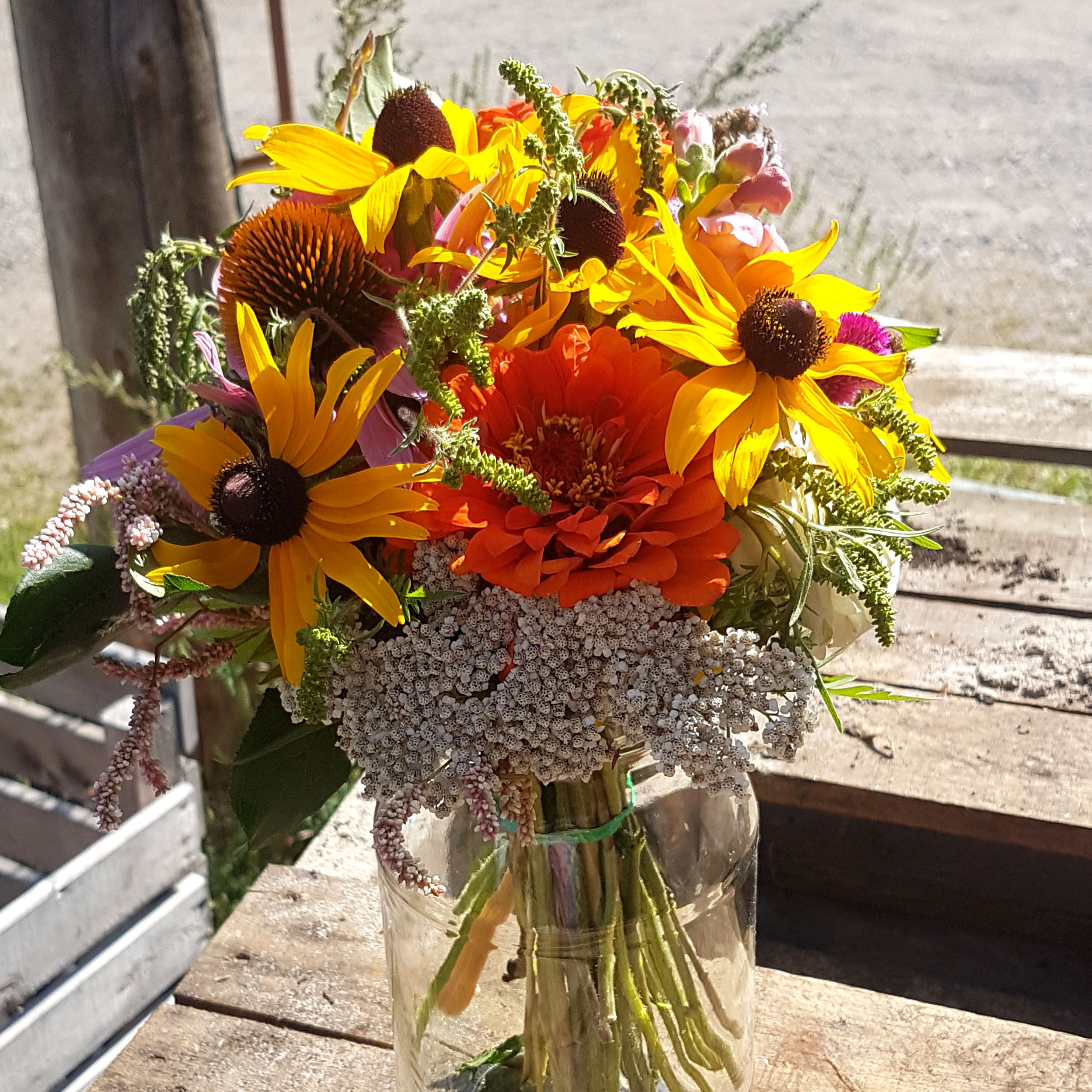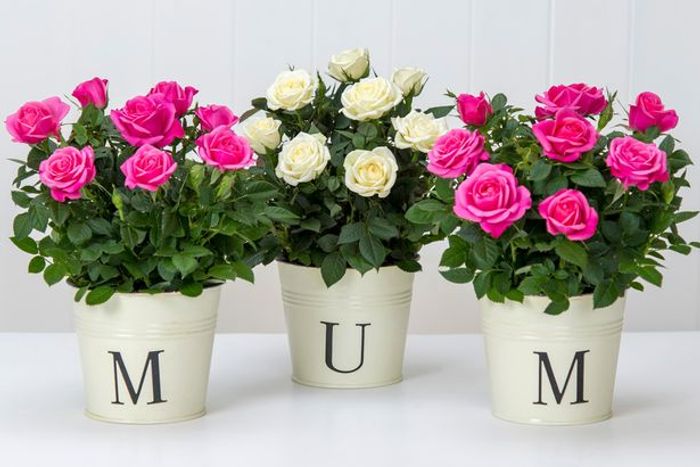Cut Flowers
At La ferme coop aux champs qui chantent we LOVE cut flowers. We love growing them, cutting them, arranging them and sharing them with our community. We started planting annual and perrenial cut flowers in 2016 and every year since we have planted more and more!!
New for the 2020 season we are adding cut flowers as a pre-order option with our organic vegetable baskets at all our drop-off locations. As always our flowers will also be available for custom bouquets at our Duluth drop-off location on the Plateau in Montreal. Our flowers are a great addition to any special event. Please contact us to arrange having our cut flower bouquets at your next event!
ORDER HERE >
About our flowers
We are crazy about flowers! We grow our flowers with the smallest environmental impact as possible. All our flowers are grown in the understory of our fledgling orchard. Our annual flowers start their lives in our greenhouse that is minimally heated in April and May before they are transplanted to the orchard. Once in the field we don’t add any additional fertilizers or water. We just make sure they are well weeded and give them room to grow.
We are proud of our flowers and their minimal environmantal impacts. Conventional flowers are typiclaly grown in energy intesive greenhouses and / or in other countries where they are flown to their markets. This 2017 article highlights some of the major problems:
”
Give her chocolates, not flowers: the environmental impacts of the cut-flower industry
Did you buy your mother flowers yesterday? While those sweet-smelling roses may bring a smile to your mother’s face, unless you cut them from your own backyard, those flowers are not making the environment smile. The floriculture industry, which thrives off of days of celebration like Mother’s Day and Valentine’s Day and birthdays, in fact has huge impacts on the environment through water usage, pollution, land degradation, and fossil fuel transportation emissions. Some estimates account that one hectare of a flower farm consumes over 900 cubic meters of water per month!
If you haven’t ever thought about how those roses reached you, let’s take a look. About 80% of all roses come from South America or Africa, where they are often grown with intense irrigation systems to provide for their thirst and sprayed with pesticides to protect them from pests. (So be careful of burying your nose into those oh so fragrant petals). From those warmer countries, they must be shipped on planes to other parts of the world. Because roses are so fragile, they must be transported in refrigerated containers as soon as they are budding. That includes refrigerated trucks to transport them from airports to their final florist destinations. Flowerpetal.com reports that sending the roughly 100 million roses of a typical Valentine’s Day produces some 9,000 metric tons of carbon dioxide (CO2) emissions from field to U.S. florist.
Diving deeper, it’s easy to see how the floriculture industry, which has loose regulations, generates a lot of chemical pollution through fertilizers and pesticides. Because the cut-flower industry is such a short cycle, many agrochemicals are used which pollute air, soil and water supplies. This has dangerous effects on environmental health; roughly one-fifth of the chemicals used in the floriculture industry in developing countries are banned or untested in the US.”
https://www.labroots.com/trending/earth-and-the-environment/5983/chocolates-flowers-environmental-impacts-cut-flower-industry






